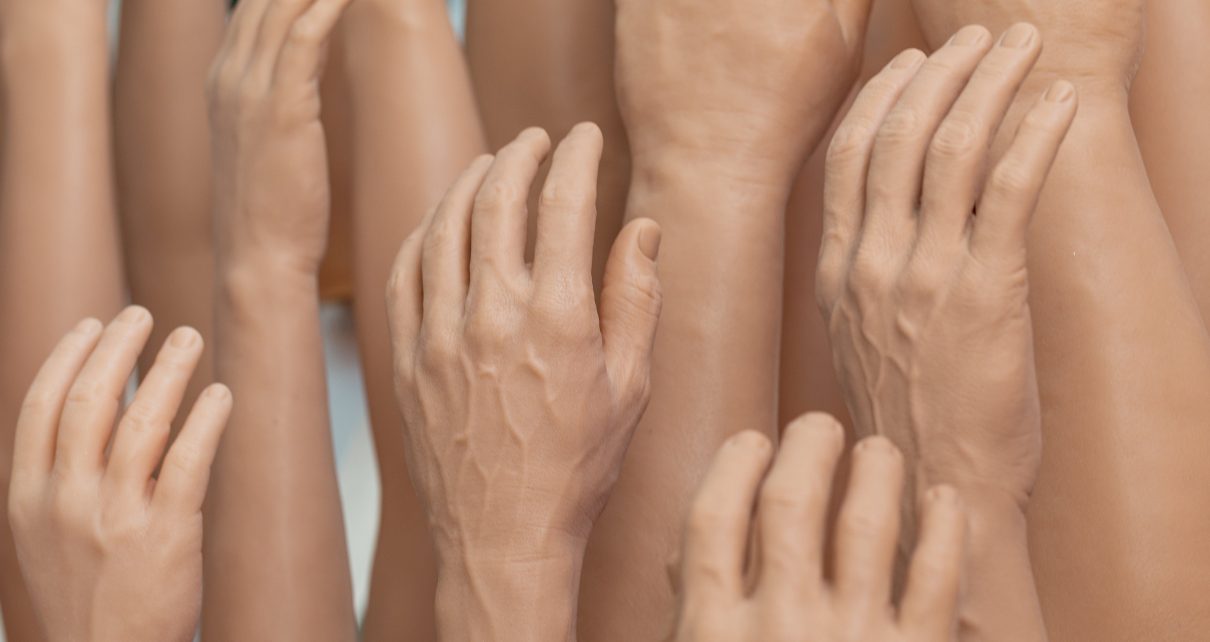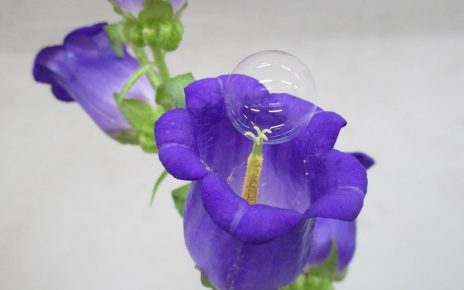Psychology has taken some hits in recent years—most famously in the form of the “replication crisis.” Multiple failures to reproduce high-profile findings prompted a reexamination of methods that can inadvertently generate apparently significant findings that are actually just statistical artifacts. Now a new challenge has arisen to a series of renowned psychological studies that purported to provide a window into how the brain processes internal representations of our physical “self.” The questioning of this research comes from an unlikely quarter: the study of hypnosis.
Long seen as a fringe topic, hypnosis has become surprisingly well established in the cognitive sciences today as a measurable, repeatable phenomenon. Hypnosis is the induction of a seemingly altered state of consciousness in which a person appears to relinquish voluntary control, becoming highly responsive to suggestion. Findings from hypnosis research show that the practice all boils down to how suggestible people are, which the researchers behind the new investigation call “trait phenomenological control.” Their paper suggests this trait may offer an alternative explanation for some key studies that invoke neural mechanisms underlying representation of the self or of the actions and experiences of others. The work also suggests new ways in which psychologists could improve the rigor and reliability of future studies.
The research began because lead author and hypnosis researcher Peter Lush and psychologist Zoltan Dienes, both at the University of Sussex in England, were intrigued by the knowledge that suggestion alone, without the theatrics associated with hypnosis, is enough to cause many people to act involuntarily, or experience things that are not happening, to some extent. “Once we’d started thinking of suggestion outside the context of hypnosis, it was natural to start thinking of other contexts in which suggestion effects might occur,” Lush says. One set of studies that came to mind were those involving embodiment—that is, ways that people perceive the physical self. These experiments used methods that can be seen as similar to hypnotic suggestions.
Suggestibility is closely related to a concept in psychology called “demand characteristics”—the tendency for study participants to figure out what researchers are expecting and respond accordingly. “We started wondering whether demand characteristics may be acting as implicit suggestions in experiments,” Lush says. The team started looking at well-known experiments that involved embodiment to determine whether participants were picking up on, and being influenced by, researchers’ expectations. “The idea was to test it in these embodiment effects—to then draw attention to the possibility that this could be going on all over the place,” Lush says. His group reported its results on September 25 in Nature Communications.
The first phenomenon the team set its sights on was “mirror synesthesia,” in which people feel pain or touch when seeing it happen to somebody else. These effects have been linked to the mirror neuron system (brain cells that fire both when we do something and when we see someone else doing it), which some researchers argue underlies the development of empathy.
The researchers first took advantage of data collected by colleagues studying mirror synesthesia at the University of Sussex. They collected suggestibility measures from the same population, matched up the participants and found that the scores predicted the extent to which people experienced mirror touch and mirror pain. The results implied suggestibility may, at least in part, explain mirror synesthesia effects. “This is not to say these experiences aren’t real,” Lush says, “only that they may have little to do with mirror neurons or other proposed mechanisms.”
Going further, Lush looked at the rubber-hand illusion, in which participants report feeling a rubber hand is their own when they see it stroked simultaneously with their real (but hidden) hand. This striking effect, first demonstrated more than 20 years ago, toppled the idea that what we perceive as “us” is immutable, pointing instead to the malleability of our sense of self.
In Lush and his colleagues’ test of the rubber-hand experiment, each of the 353 participants sat at a table with one arm obscured from view by a partition and a rubber arm positioned in front of them. A researcher simultaneously stroked both the hidden real hand and the visible rubber one with a brush. The subjects were then asked questions designed to reveal experiences of bodily “ownership.” As with the mirror synesthesia study, the team found that suggestibility predicted the extent to which participants experienced the illusion. “What’s interesting about this is: it highlights the role that hidden demands and expectations can have in shaping people’s experiences,” says Vince Polito of Macquarie University in Australia, who was not involved with the study.
Psychologists have long been aware this can be an issue. “Suggestion definitely exists and is a problem in psychological experiments, so I welcome the fact they’ve drawn attention to it,” says cognitive neuroscientist Patrick Haggard of University College London, who was also not involved in the paper. “They’ve picked the correct challenge here.” The usual way researchers try to discount suggestion in rubber-hand experiments is to use a control condition in which a participant’s hand is stroked out of synch with the rubber one. If the subjects do not experience the illusion under these conditions but do when the hands are stroked simultaneously, the effect cannot be linked to suggestion, or so the reasoning goes. Participants are likely to expect differences between these cases, however, Lush argues. “Those control conditions are completely invalid,” he says, because the different responses could entirely arise from different expectations. “But they’ve been in use for 20 years.” Responses in the test condition therefore could be wholly linked to suggestion, meaning the standard interpretations are wrong. “The idea that our ownership of our body is that malleable may simply not be true,” Lush says.
Brain-imaging studies that show relevant brain activity and experiments that measure skin conductance offer no defense, Lush says, because suggestion can generate corresponding brain activity and physiological responses. One way of addressing the problem is to use questions that give as little away as possible about what researchers expect by using what are called implicit measures. In a rubber hand study, this typically involves asking participants to indicate where the hand physically is—measuring a shift in one’s sense of body location known as “proprioceptive drift.” But this approach suffers from exactly the same problem, Lush argues, citing a study he has run showing that people give the same pattern of responses when shown videos of a rubber hand experiment, regardless of whether they are asked about feelings of ownership and of where their hand is located.
Of course, it is possible suggestion may play a role without being a complete explanation of mirror synesthesia or the rubber-hand illusion. “The correlations are significant but modest. It looks like there’s a lot which isn’t explained by suggestibility,” Haggard says, noting that proprioceptive drift —the implicit measure—in particular was not as strongly related to suggestibility. A potential upside of the work is that it could help psychologists improve the quality of their measurements. “There’s been little work on the best questions to ask,” Haggard says. “This gives us one way to answer that.” The research could improve psychological experiments by helping to determine which measures are prone to suggestibility effects and which are less sensitive, he explains.
A big question now is how broad an issue suggestibility effects are for psychology in general. “These expectations can apply to many contexts—gauging the effects of noninvasive brain stimulation technologies, for instance,” says neuroscientist Mirta Fiorio of the University of Verona in Italy, who was not involved with the study. Participants may experience tangible effects from being told they are undergoing brain stimulation when they are not or reduced effects when the stimulation is actually switched on. It may all depend on an individual’s expectations. “Hypnotizability and expectancies relate very much to the placebo effect,” Fiorio says. “We should start asking participants for their beliefs about what’s going on.”
Lush and his team plan to study other embodiment effects with exotic names such as the enfacement and Pinocchio illusions. But they will start at the bottom by examining effects that are the least likely to be prone to suggestibility, such as simple visual illusions (the Müller-Lyer illusion, for instance). They will then move up to multisensory effects, such as the sound-induced flash illusion (in which the number of bangs people hear biases the number of flashes they report seeing). Finally, the researchers will assess complex behavioral areas such as social priming, in which subtle cues are thought to exert unconscious effects on people’s behavior—an area that has suffered tremendously from an inability to replicate experiments.



